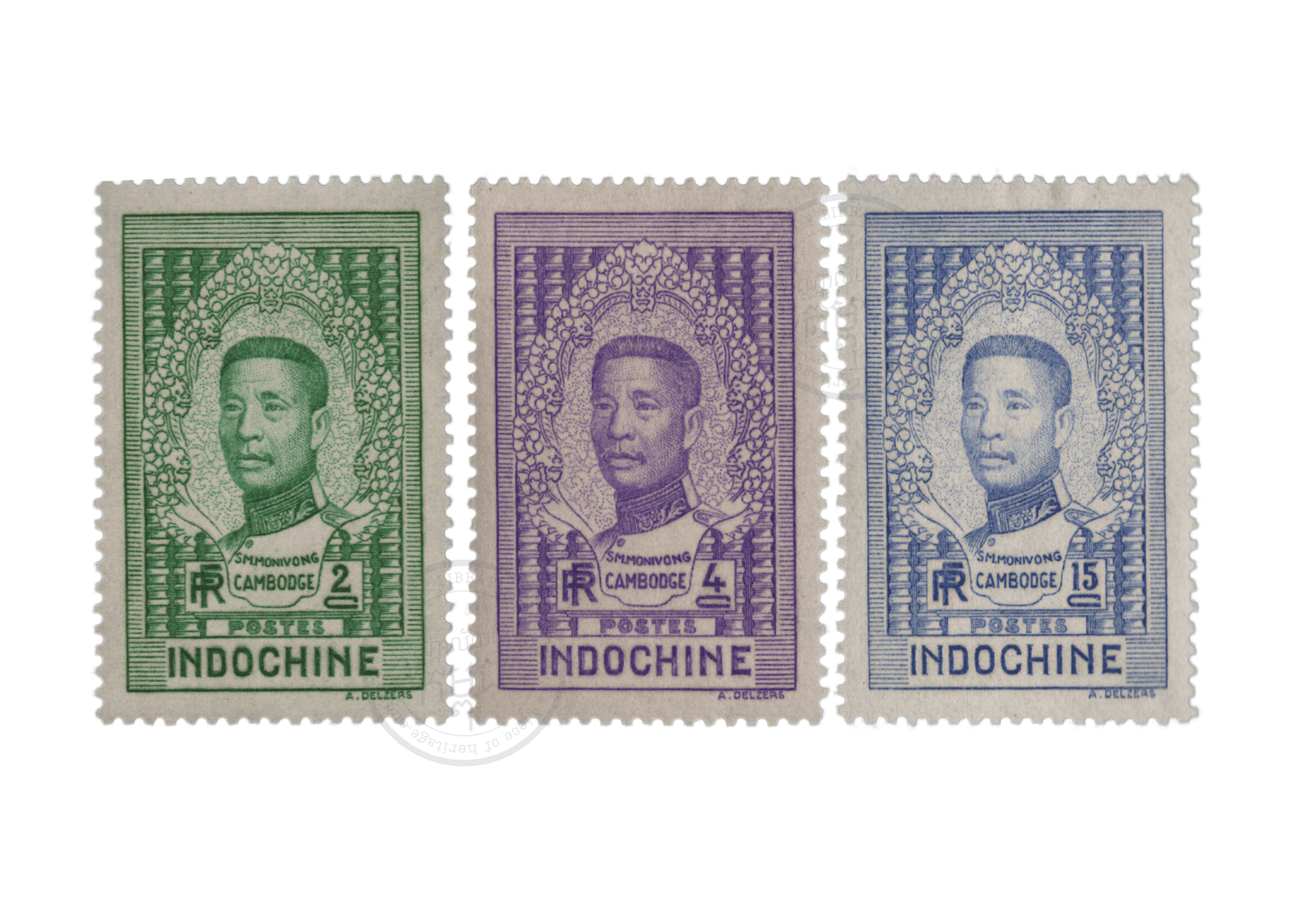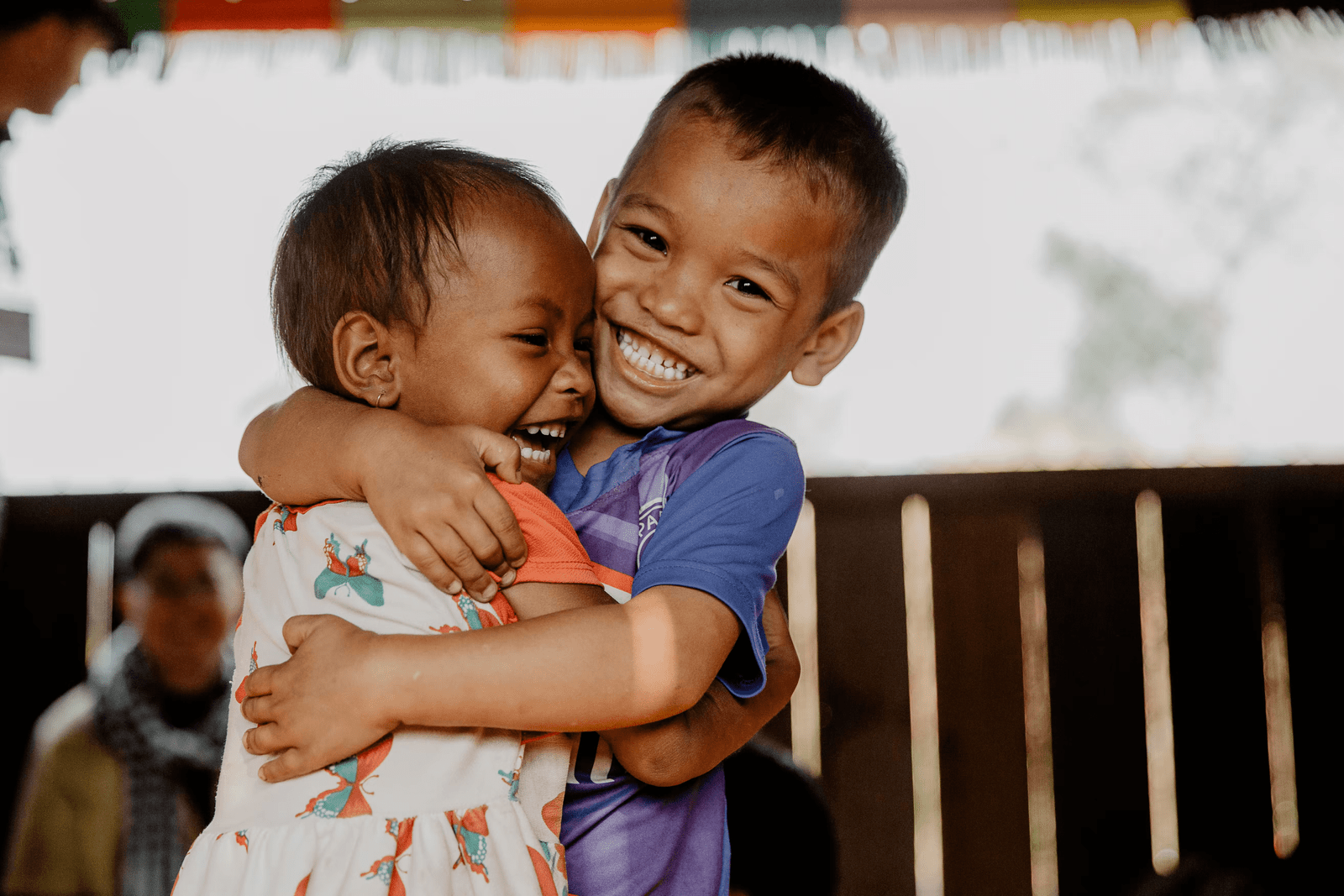The KIngdom of Cambodia is emerging as one of the fastest growing economies in South-East Asia 40 years after the fall of Khmer Rouge. As a predominantly agricultural country, Cambodia is not well known in the world to be an exporting country though it does export some specialized products to many of the world’s economies. “Cambodia’s exports are dominated by textile goods, which account for around 70 percent of total exports. Other export products include vehicles, footwear, natural rubber and fish. Cambodia’s main export partners are the United States, Hong Kong, Singapore, Canada, Germany and the UK.” 1
According to The Observatory of Economic Complexity (OEC), an online data visualization and distribution platform: The top exports of Cambodia are Knit Sweaters ($2.47B), Trunks and Cases ($2.04B), Knit Women’s Suits ($1.84B), Non-Knit Women’s Suits ($1.52B), and Leather Footwear ($933M), exporting mostly to United States ($9.59B), China ($1.94B), Germany ($1.89B), Vietnam ($1.88B), and Japan ($1.74B).
In 2021, Cambodia was the world’s biggest exporter of Tanned Furskins ($471M) 2
As the country is preparing itself and the people of Cambodia into the next phase of development, skilled labor force incubation and the 4th industrial revolution, the Royal Government of Cambodia has set a goal of transforming Cambodia into a higher-middle-income country by 2030 and a high-income country by 2050. 3 It is with my humble opinion and proposition that we look at Cultural and Creative Industries (CCI) and Creative Economy as a whole as our area of focus and investment and I submit that we can start already with performing arts, visual, digital arts and digital media as our starting point with strong foundation and competitive advantage because of Cambodia’s rich cultural tangible and intangible heritages, traditional and creative knowledge, human resources and know-how. Cambodia has been known as the Kingdom of Culture.
Our culture, history, landscapes and people have been attracting regional international tourism arrivals in the countries as well as vibrant local domestic economic activities. “In 2019, there were approximately 11.3 million domestic and 6.61 million international tourists. In 2022, Cambodia recorded 2.2 million international visitors, an 11 percent increase from the previous year. International tourist revenue shared of Cambodia’s GDP was 9.44 percent in 2000.” 4

How about Cambodian cultural goods and services as an export star product of the country?
We shall look at Indonesia’s experience as a benchmark.
Indonesia’s creative economy comprises 16 sub-sectors, including:
- apps and game development;
- architecture;
- interior design;
- fashion;
- product design;
- visual communication design;
- movies, animation, and video;
- photography;
- crafts;
- culinary arts;
- music;
- publishing;
- advertising;
- performing arts;
- fine art;
- television and radio.
These sub-sectors are expected to make significant contributions to Indonesia’s GDP and to boost exports and employment. 7
“….export of creative economy commodities in 2016 was $20 billion (BPS, 2017b).” 8
According to a survey on CCI organizations by CULTURAL AND CREATIVE INDUSTRIES OF CAMBODIA ASSOCIATION FOR DEVELOPMENT AND ADVOCACY (CICADA) 9 and Research report on Informal Cultural and Creative Industries in Cambodia: Mapping Human Resources & Socio-economic Conditions 10, we learned that CCIs is a big job creator in the economy, it is very linked in Cambodia’s tourism sector and it has untapped export potentials.
I propose that we look to support Cambodia’s export in the Cultural and Creative Industries (CCI) sector by:
- Invest in and support Cambodian policy makers, artists, arts managers, creatives and cultural organizations to learn, experience and come back to strategize for how to enter and sell Cambodian cultural products in international arts markets in visual, digital, audio-visual and performing arts markets that are usually attached to their own festivals ie: Arts Basel (https://www.artbasel.com/?lang=en) , Avington Festival and Market (https://www.avignon-et-provence.com/en/culture/avignon-festival , Edinburgh Festival and Market https://marketplace.edfringe.com/, Animation Festivals and Market https://www.animation-festivals.com/festivals/siggraph-asia/, Fillm Markets https://www.filmdaily.tv/film-distribution/list-film-markets-sell-film and regional markets like Seoul Peforming Arts Market in Seoul, Bangkok International Performing Arts Meeting https://www.bipam.org/ …etc. One good model of providing support is mobility grants support such as what Cambodian Living Arts has been providing. 11
We need more and bigger funding if we are to really tap into this potential.
- Create and foster Arts Management bachelor and master degree higher education programs, Arts Managers fellowships, Production Trainings, Executive Education, Leadership, Management for artists, creatives and arts managers.
- Support trainings institutions of skilled human resources in cultural creative sectors such as Secondary School of Fine Arts, Royal University of Fine Arts, Phare Ponleu Selpak Association, Bophana Audio-Visual Center, Cambodian Living Arts, NGOs and associations, initiatives that trains and support current and future artists and creatives…etc.
- Train artists and creatives in entrepreneurial skills, providing them with mentorship, incubations, acceleration programs such as Thrive Programs by Cambodian Living Arts or other Entrepreneurs Support Programs run by Impact Hub Phnom Penh, Enterprise Vision Academy Siem Reap…etc that are already implementing various programs in entrepreneurship development with government agencies such as Khmer Enterprise and SME Bank of Cambodia.
- Engage with experienced professionals in export trade especially those in cultural products export experience such as Phare Performing Social Enterprise Co., Ltd (Phare Circus & Phare Creative Studio) to share knowledge and experiences with other Cambodian potential exporters.
- Last but not least: work with research and support institutions such as CICADA in strategizing action plans and implementing, evaluating and innovating on those actions and lessons learned.
When we all work together on the actions proposed above, Cambodia’s culture will shine on international stages and screens around the world. It will create millions of jobs and additional contributions to Cambodia’s fast and growing GDP.
About the writer:
HUOT Dara speaks and writes about personal development and (social) entrepreneurship. He is an organizational culture-builder, a consultant and an experienced user of CRM/ERP and other business solutions. He is an economics undergrad by education, a (sustainable) tourism professional by career, a social entrepreneur by chance and a producer of meaningful ideas and actions through creative contents by his Ikigai. Dara is passionate about life with dignity for all! He currently serves as Chief Executive of Phare Performing Social Enterprise Co., Ltd (Phare Circus & Phare Creative Studio) and sits in various organizations board of directors to support them with his skills. https://bit.ly/3R2usIQ
Definitions:
UNESCO defines cultural and creative industries as: “sectors of organised activity whose principal purpose is the production or reproduction, promotion, distribution and/or commercialisation of goods, services and activities of a cultural, artistic or heritage-related nature.” 12
Oxford Bibliography defines CCI as:
“The cultural and creative industries refer to those parts of the modern economy where culture is produced and distributed through industrial means, applying the creativity of individuals and groups to the generation of original cultural product, which may have commercial value either through direct sale to consumers or as intellectual property. The cultural and creative industries typically bring together the arts, media, and design sectors, with a focus upon convergent digital technologies and the challenges and opportunities of globalization. While discussion of the cultural and creative industries can be traced back to the 1940s, it was in the 1990s and 2000s that they came to prominence as both an academic and a policy issue. Policy strategies to develop the cultural and creative industries are typically associated with expanding markets for cultural goods and services. They seek to develop these industries by promoting innovation and creativity, leading to the development of original forms of intellectual property and supporting industries based around culture and entertainment. In some instances, such as culture-led urban regeneration strategies, cultural and creative industries are positioned as an alternative to traditional manufacturing industries……” 5
The creative economy (also known as the orange economy) is an evolving concept based on the contribution and potential of creative assets to contribute to economic growth and development. It embraces economic, cultural and social aspects interacting with technology, intellectual property and tourism objectives: it is a set of knowledge-based, and thus more localized, economic activities with a development dimension and cross-cutting linkages at macro and micro levels to the overall economy. There is not a single definition of creative economy, and the different definitions usually overlap. A common characteristic is that the creative economy has a multitude of dimensions, making contributions to economic, social, cultural development and has a potential for contributing to achieving the sustainable development goals.
References:
- https://tradingeconomics.com/cambodia/exports#:~:text=Cambodia’s%20exports%20are%20dominated%20by,Canada%2C%20Germany%20and%20the%20UK.
- https://oec.world/en/profile/country/khm#:~:text=Exports%20The%20top%20exports%20of,and%20Japan%20(%241.74B).
- https://www.worldbank.org/en/country/cambodia/overview#:~:text=Over%20the%20two%20decades%20before,middle%2Dincome%20status%20by%202030.
- https://opendevelopmentcambodia.net/topics/tourism/
- https://www.oxfordbibliographies.com/display/document/obo-9780199756841/obo-9780199756841-0188.xml#:~:text=The%20cultural%20and%20creative%20industries,direct%20sale%20to%20consumers%20or
- https://www.un.org/sites/un2.un.org/files/orange_economy_14_march.pdf
- https://www.wipo.int/wipo_magazine/en/2019/05/article_0003.html#box
- https://www.unescap.org/sites/default/d8files/APSDJ%20Vol.25%20No.2_pp99-114.pdf
- https://www.cicadakh.org/en/wp-content/uploads/sites/3/2023/05/230323_CICADA-Data_Jan-Jun22.pdf
- https://www.cicadakh.org/en/wp-content/uploads/sites/3/2023/04/EN-CICADA-HR-Mapping-Full-Report-FINAL..pdf
- https://www.cambodianlivingarts.org/en/opportunities/open-call-for-mobility-grant/
- https://europaregina.eu/organizations/igos/united-nations/unesco/#:~:text=UNESCO%20defines%20cultural%20and%20creative,or%20heritage%2Drelated%20nature.%E2%80%9D







